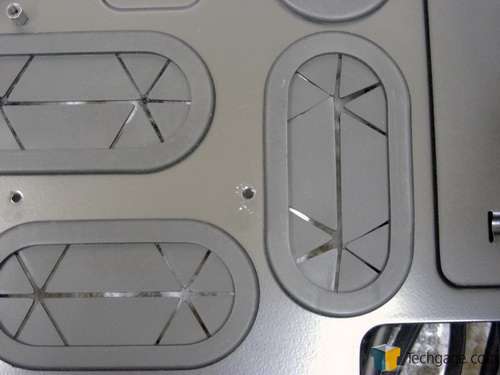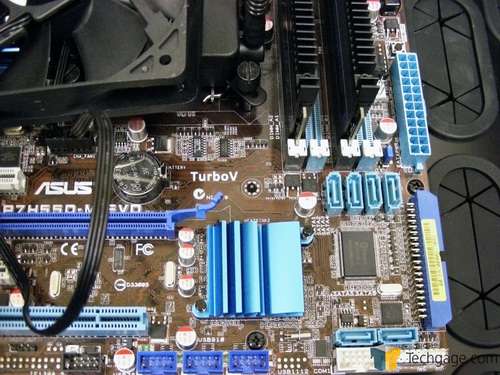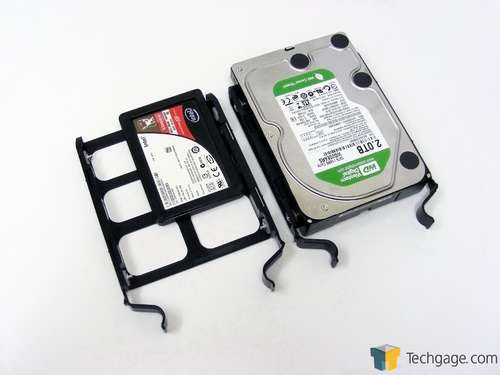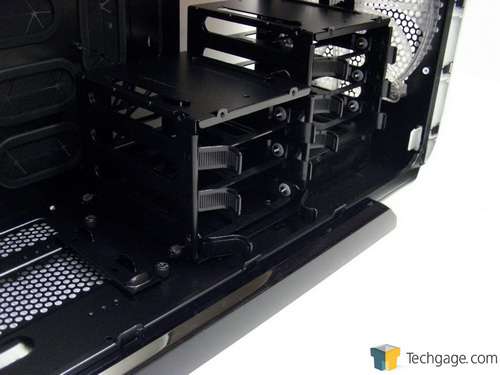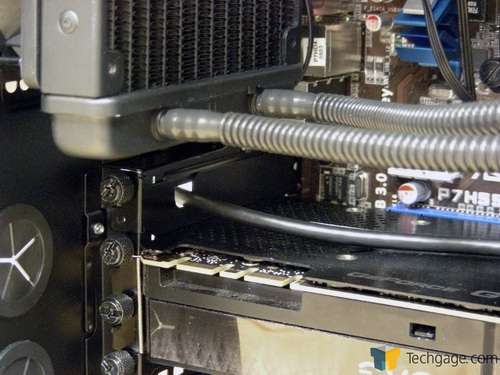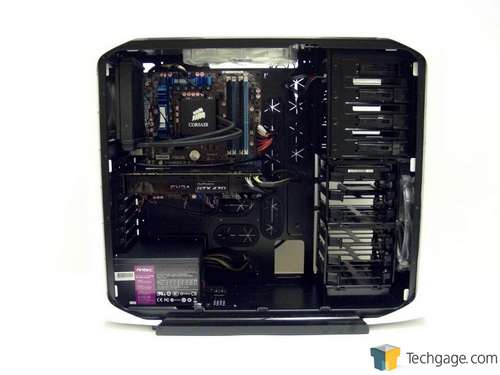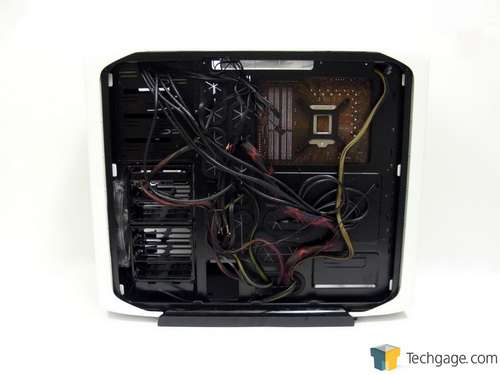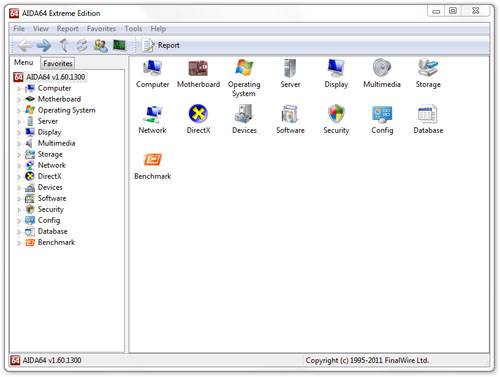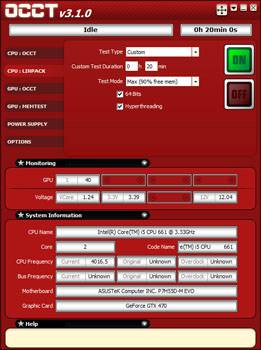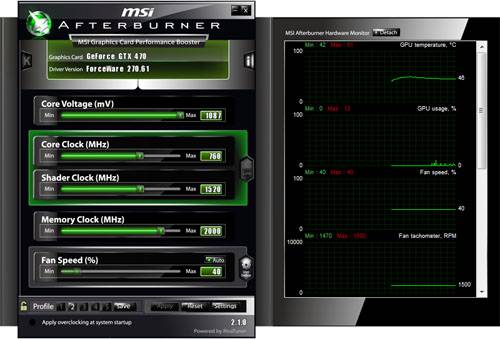- Qualcomm Launches Snapdragon 4 Gen 2 Mobile Platform
- AMD Launches Ryzen PRO 7000 Series Mobile & Desktop Platform
- Intel Launches Sleek Single-Slot Arc Pro A60 Workstation Graphics Card
- NVIDIA Announces Latest Ada Lovelace Additions: GeForce RTX 4060 Ti & RTX 4060
- Maxon Redshift With AMD Radeon GPU Rendering Support Now Available
Corsair Special Edition White Graphite 600T Chassis Review
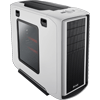
After being left so impressed with Corsair’s Obsidian 650D chassis last month, we couldn’t wait to take the company’s Special Edition White Graphite 600T for a spin to see if it could match or surpass our expectations. Though similar in design to the original, the SE White has a couple of upgrades, and a whole new aesthetic appeal.
Page 3 – Installation & Testing
Before starting to install components I noticed that there were some scratches around one of the motherboard standoffs. They look like skip marks from whatever was used to install them. Chances are the tool slipped and chipped some of the paint off, which is uncharacteristic of Corsair’s cases seeing how they are usually in perfect condition.
When it came down to the overall build, there were no real issues. To start with, the power supply lined up perfectly and the bracket kept it snug and in place. All of the power leads were able to be properly routed as well with enough room for them to be fed from the power supply through one cable management area.
The grommets that surround each area also stayed in place even when stressed by a large number of cables. One of my favorite subtle features also makes a return. The middle motherboard standoff is actually a small nub that doubles as a way to keep the motherboard in place while securing it to the tray.
Hard drive installation was a breeze with the 3.5″ drives snapping in without tools. For a 2.5″ drive, four of the included screws secured it from the underside of the trays once one of the metal pegs used for mounting 3.5″ drives was removed to allow the mounting holes to line up.
The 600T runs into the same problem that the 650D when the top half of the hard drive cage is installed on the bottom of the case. The bottom tray becomes inaccessible because it cannot clear the frame. Yes, the cage is easy enough to remove but that’s two cases with the same issue. If any other cases are released using this internal layout, I hope this will be addressed.
One strange “quirk” is that there is no way to route the USB 3.0 cable from the top panel without feeding it across the motherboard and through one of the PCI slots. The top slot cover has a notch cut out so it can remain in place after the cable is fed through although this cover can of course be used in any of opening. It would have been nice if an alternative method put in place so it could be fed out the back of the case from behind the motherboard tray as it is with the 650D instead of cluttering up what would otherwise be a super-clean installation.
Overall, the build was great. All components fit in place perfectly and the top panel connections were long enough to reach the motherboard. Cable management was a dream in this case as well thanks to the multitude of options.
With everything installed there was a lot of room behind the motherboard tray. The extra room comes from the fact that the side panels need to be moved out further away from the motherboard tray to sit flush with the plastic accents so users should have no problem tucking all of the cables away and securing them with the included zip ties.
All of our testing is performed under controlled conditions to ensure accurate and repeatable results. The test system is kept in a near steady 20°C ambient environment with readings taken before and after testing with a standard room thermometer. AIDA64 Extreme Engineer is used for monitoring and recording temperatures throughout the test process. Tests are run with all case fans running at 100%.
Windows is allowed to sit idle for 10 minutes after startup to ensure all services and test applications are loaded before recording the idle CPU and GPU temperatures. CPU load temperatures are generated by performing a 20 minute run of OCCT’s LINPACK test using 90% of the available memory. LINPACK is a personal favorite of the Techgage staff because it stresses the processor more than other applications, which translates into greater heat output. GPU load temperatures are also generated by running OCCT’s built-in test for 20 minutes.
Stock CPU settings were obtained by setting the AI Tweaker option with the BIOS to Auto and the maximum overclock frequency of 4.0GHz was obtained after extensive testing to ensure stability. The VCore was raised to 1.250V and the memory run at 1.60V.
The final clocks for the GPU are 760MHz on the core and 2000MHz QDR or 4000mhz relative for the memory with the voltage increased to 1.087V using MSI’s Afterburner overclocking utility. As with the CPU overclock, testing was done prior to ensure full stability.
The components of our test machine include:
|
Component
|
Techgage Test System
|
| Processor |
Intel Core i5-661 – Dual-Core (3.33GHz)
|
| Motherboard |
ASUS P7H55D-M EVO mATX – H55-based
|
| Memory |
Corsair Dominator 2x2GB DDR3-1600 7-8-7-20-2T
|
| Graphics |
EVGA GeForce GTX 470
|
| Audio |
On-Board Audio
|
| Storage |
Western Digital 2TB Green
|
| Power Supply |
Antec TP-750 Blue
|
| Chassis |
Corsair Obsidian 650D Mid-Tower
SilverStone Raven 03 Full-Tower |
| CPU Cooling |
Corsair H60 (Exhaust Configuration)
|
| Et cetera |
Windows 7 Ultimate 64-bit
|
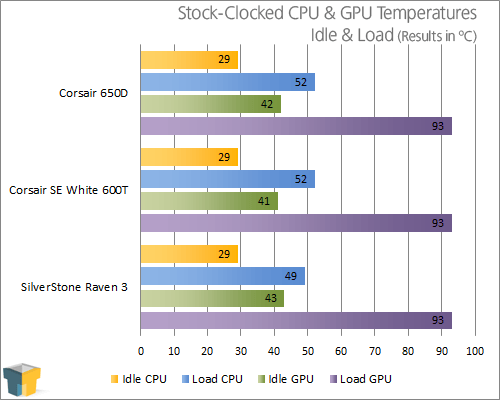
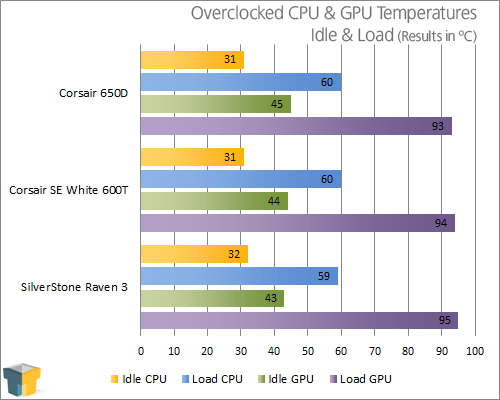
Am I surprised? Not at all. I thought that the results would show just this; nearly identical numbers to the 650D seeing they are essentially the same case on the inside and in terms of cooling capacity. While not able to best the SilverStone Raven RV03, temperatures are kept well under control during load testing while at stock and overclocked. The only differences between this case and its Obsidian cousin are the GPU temperatures while overclocked with both coming in one degree less.
Just for kicks, all tests were run again with the mesh panel installed instead of the window and ended up with only one degree less for the CPU tests. GPU temperatures were kept constant thanks to the noisy, yet very capable stock cooling solution. With extra fans installed on the mesh panel, the 600T should allow for one frosty system at the expense of extra noise.
Speaking of noise, I found the 600T to be noisier than the 650D, which is surprising considering each uses the same size and speed of fans. There was also a very fast, faint, high pitched chirp coming from the top fan. This borders on intrusive and can easily be heard above the fan on the H60 that runs at 100% all the time.
I guess there’s not much left to do but wrap this review up with the did-wells and could-do-betters.
Support our efforts! With ad revenue at an all-time low for written websites, we're relying more than ever on reader support to help us continue putting so much effort into this type of content. You can support us by becoming a Patron, or by using our Amazon shopping affiliate links listed through our articles. Thanks for your support!




